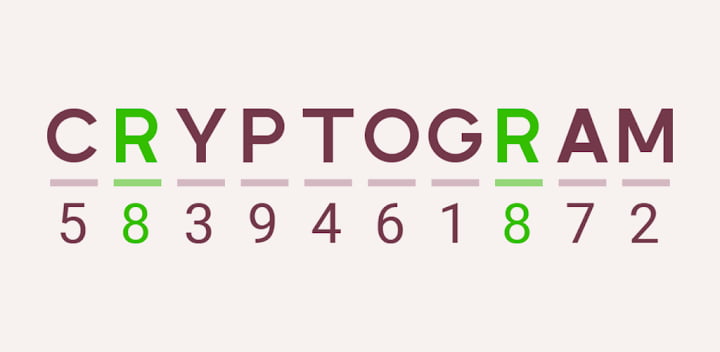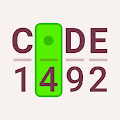Cryptogram Letters and Numbers is a unique puzzle game that combines cryptographic codes with logic exercises. Test your skills by decrypting messages and solving number puzzles.
Cryptogram Letters and Numbers
Cryptograms are a form of puzzle where a message or quote is encrypted by replacing each letter with a different letter. The objective is to decode the message by figuring out the letter substitutions. While cryptogram puzzles traditionally use only letters, there is a variant known as cryptograms with letters and numbers that adds an additional layer of complexity. In this article, we will explore the world of cryptogram letters and numbers, discussing their origin, solving strategies, and benefits.
Origin of Cryptogram Letters and Numbers
The use of cryptograms can be traced back to ancient civilizations like the Egyptians, Greeks, and Romans. These early cryptograms were primarily used for military purposes to encode confidential messages and strategic information. However, it wasn’t until the 19th century that cryptograms started being used as a form of entertainment and puzzle-solving.
Integrating numbers into cryptograms adds an extra challenge and increases the difficulty of solving the puzzle. Instead of only dealing with letter substitutions, you also need to figure out the corresponding number substitutions. This combination of letters and numbers provides a unique twist to the traditional cryptogram.
Solving Strategies for Cryptogram Letters and Numbers
When faced with a cryptogram that includes both letters and numbers, here are some strategies to help you tackle the puzzle:
1. Frequency Analysis
As with traditional cryptograms, frequency analysis can be a helpful technique. Look for recurring patterns and focus on the most frequently occurring letters and numbers. In the English language, for example, the letter ‘e’ is the most common, followed by ‘t’ and ‘a’. Similarly, numbers like ‘1’ and ‘2’ might occur more frequently than others. By identifying these patterns, you can start making educated guesses for letter and number substitutions.
2. Contextual Clues
Another strategy involves looking for contextual clues within the encrypted message. Pay attention to word lengths, punctuation, and any known patterns or references that might give you hints about specific letters or numbers. For example, if you notice a three-letter word ending with punctuation marks, it could potentially be ‘the’ or ‘and’, which are commonly used in the English language.
3. Guess and Check
There will be times when educated guesses need to be made. Start by guessing substitutions based on your analysis of frequency, patterns, and contextual clues. Then, check your guesses against the rest of the puzzle to see if they make sense. If your initial guess appears to fit with the rest of the message, it is likely correct, and you can continue substituting letters and numbers accordingly.
Benefits of Cryptogram Letters and Numbers
Cryptograms with letters and numbers offer several benefits for puzzle solvers:
1. Mental Stimulation
Solving cryptograms requires critical thinking, problem-solving, and mental agility. The inclusion of numbers in cryptograms adds an extra layer of complexity, challenging your brain to think in different ways. This mental stimulation can improve cognitive skills and keep your mind sharp.
2. Increased Challenge
If the traditional letter-based cryptograms start to become predictable or too easy for you, cryptograms with letters and numbers can provide a new level of challenge. The additional complexity forces solvers to think outside the box and use a broader range of strategies to crack the code.
3. Language Skills Improvement
Cryptograms, whether with just letters or with numbers as well, can help improve language skills. By deciphering encrypted messages, you reinforce your knowledge of vocabulary, grammar, and sentence structure. Additionally, you may come across new words or phrases that expand your linguistic knowledge.
4. Enjoyment and Entertainment
Many people find cryptograms addictively fun and rewarding. The satisfaction of unraveling a challenging puzzle and uncovering the hidden message can be highly entertaining. Whether you enjoy solving puzzles alone or compete with friends to see who can decode a cryptogram letter and number puzzle the fastest, it is a great way to have fun and pass the time.
Conclusion
Cryptogram letters and numbers are a variant of traditional cryptograms that incorporate numerical substitutions in addition to letter substitutions. These puzzles provide an extra challenge and require a combination of analytical skills, strategy, and educated guessing to solve them. By engaging in cryptogram letters and numbers, you can enhance cognitive abilities, refine language skills, and enjoy a stimulating and entertaining pastime.



